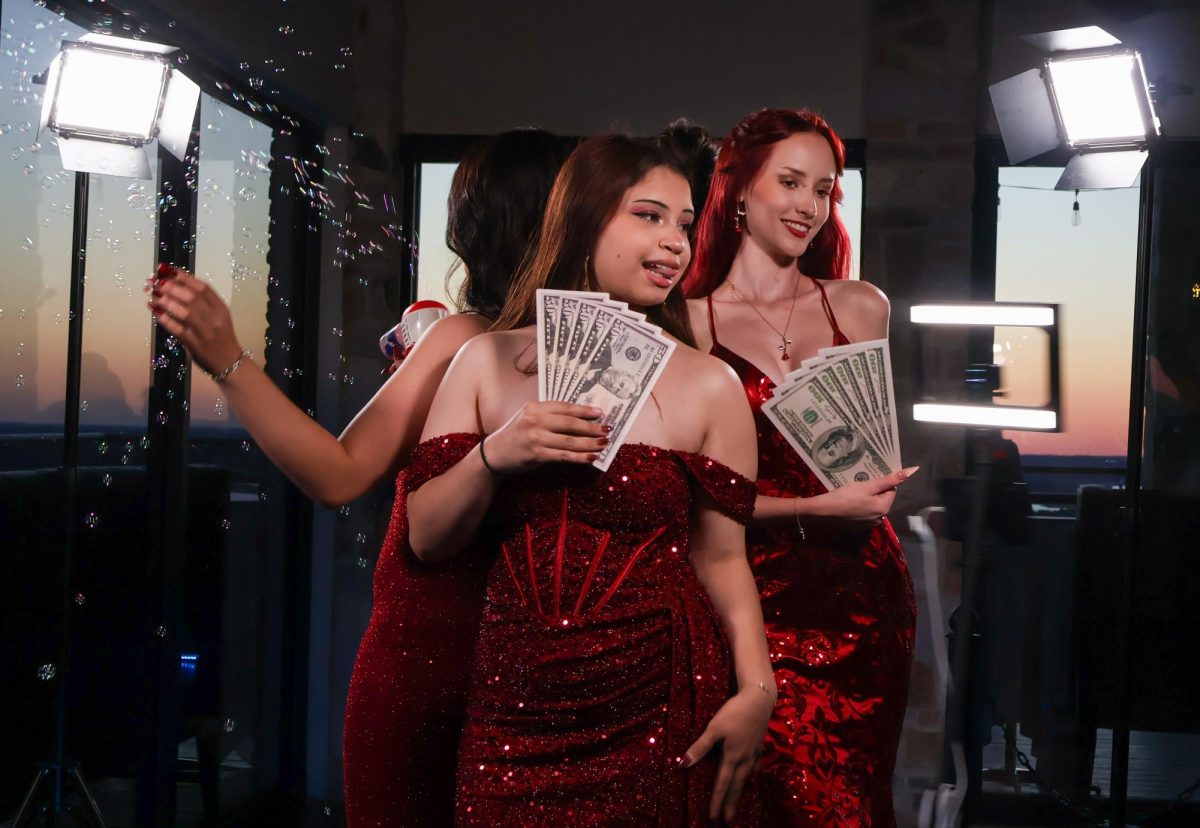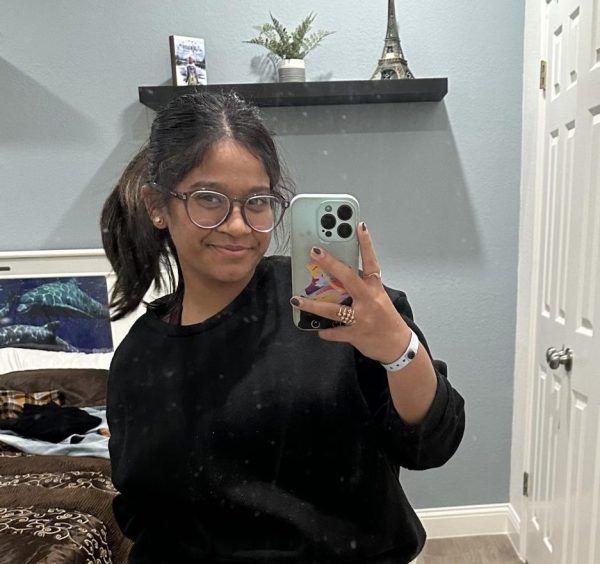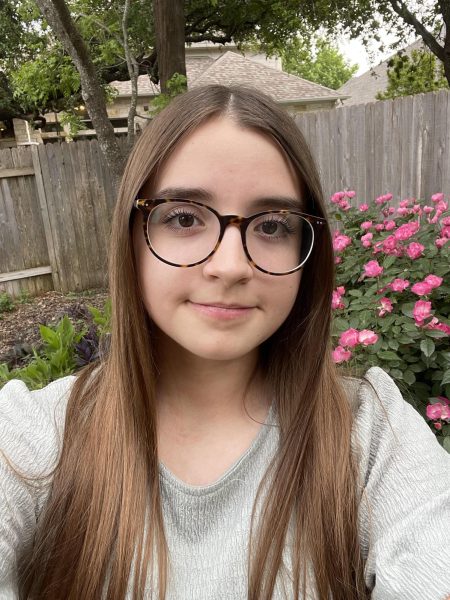The sound of the waving flags rips through air in the Warrior Studio as Trinity Castro ‘25 helps other Color Guard members practice for an upcoming competition. Far from her freshman days as just a performer, Castro and her co-captain Sabareesh Dinakaran ‘25 now take on the responsibility of being a leader to their fellow members.
Starting Color Guard in her freshman year, Castro ‘25 was introduced to the program by a spring clinic in eighth grade. Awed by the older students, Castro was inspired to join the program and experience it for herself.
“My mom was the first one who suggested I do [Color] Guard,” Castro said. “I thought it was so cool [what] these high schoolers [did] and I really got into it.”
During Castro’s freshman year, the guard made history. For the second time in history, they advanced to the state-level for the Universal Interscholastic League (UIL) marching band contest. However, after her freshman year, the Color Guard experienced a change in faculty, and the program’s structure was changed as the winter guard was merged into one team instead of the two it originally had. The same year, Dinakaran joined the program as well.
“I joined [Color Guard] my sophomore year. I didn’t join freshman year because I didn’t know it was a program back then,” Dinakaran said. “ I was looking for a community at the time to become a part of. I had a friend who was in Color Guard and they showed me what the program was like. I attended a clinic [and] found it to be really fun. I also wanted to improve my dance skills at the time and I found that Color Guard was a good outlet for that.”
After a year of being on the Color Guard, Dinakaran wanted to give back to the community. After learning more about how to manage time and interact with his fellow performers, he believed the best way to give back to the program was to become a leader and a captain for the team.
“I think [being a captain] taught me a lot of responsibilities in terms of how I manage my time,” Dinakaran said. “It’s also taught me about how to conduct myself in a professional setting. During rehearsals we’re expected to act in a way that maximizes efficiency for both the team and the directors, [and] I think that has translated a lot into other parts of my life.”
To apply for the positions they wanted, Castro and Dinakaran had to go through a leadership process that included interviews with the directors and past captains. Additionally, they had to write essays for the position they were applying for. However, their performance during the school year was a big aspect of the selection process. Their abilities to act as a leader were shown in their year round performance during class and competition.
“The school year in general is an audition for the position,” Dinakaran said. “The directors get to see how you hold yourself during rehearsal, how you tackle each rehearsal. I think that is more so what got me chosen for the position.”
After a rigorous audition for the position and a long year vying for the position, Castro and Dinakaran were glad to see their names chosen.
“I remember feeling a wave of relief when I saw my name listed in the leadership roster,” Dinakaran said. “The previous months had been me preparing and doing my best to secure a leadership position so I felt like all my hard work had paid off in the end.
During rehearsals, Castro and Dinakaran work together to keep focus. They start off with leading stretches and then splitting off into smaller groups to do specific practice. Both captains work together to ensure that their teammates know what they are supposed to be doing and provide assistance when needed which ensures that practice flows smoothly and gets things done on time. Even outside rehearsals, the captains ensure they can make events such competitions minimal stress for everyone.
“The most we have to collaborate is competition days,” Dinakaran said. “Those are very long, spread-out days where all of the members are typically under some amount of stress. The other captains typically talk about who’s going to be doing what responsibility. We’ll coordinate who’s leading, spreading out the tarp right before we perform, maybe who’s at the top of the line when we’re moving from place to place.”
However, it wasn’t always easy for the captains to collaborate and figure out problems together. At the beginning of the year, the captains disagreed on different aspects and had to figure out how they would solve the problems together.
“We would all have different opinions on something so it was a struggle to find the best solution,” Castro said. “Towards the end [of the year], I learned that we’re all working towards one goal. Our friendship and bonds improved and helped us.”
Over this year, the captains have worked together to implement a new exercise – breathing. It helped to slow members down and make sure everyone was together on the same page. The exercise helped teammates de-stress and be with their entire group.
“Anytime we’re at a moment where I feel we’re particularly stressed or we’re not doing as well, [we] take a moment to just have everyone go breath in [and] out as a group,” Dinakaran said. “A lot of members get caught up in the stress of having to learn their show [and] having to perfect that choreography, and it distracts from the fact that they’re human. I think that breathing exercises have helped calm them down [and] make them realize that they’re in a safe environment where they can work without being dredged.”
Since becoming a captain, Dinakaran has been hard at work trying to expand the community by going to outreach events and performances for younger kids. Along with just the performance aspect of the Color Guard, he hopes that his leadership on the team has helped the others grow as people as well. To people on the outside, this may seem like just an ordinary class. But to the members and leaders, the Color Guard has helped them in so many ways and shaped who they are.
“One of the main reasons that I wanted to join [is] because I wanted to be able to have a positive impact on the people around me,” Dinakaran said. “The program is capable of showing you so much more than just how to twirl a flag or how to spin a rifle. It’s a very accepting environment that I feel like a lot of students could benefit from in their high school experience. Our director has a saying where it’s not that the Color Guard needs you. It’s that you need Color Guard.”


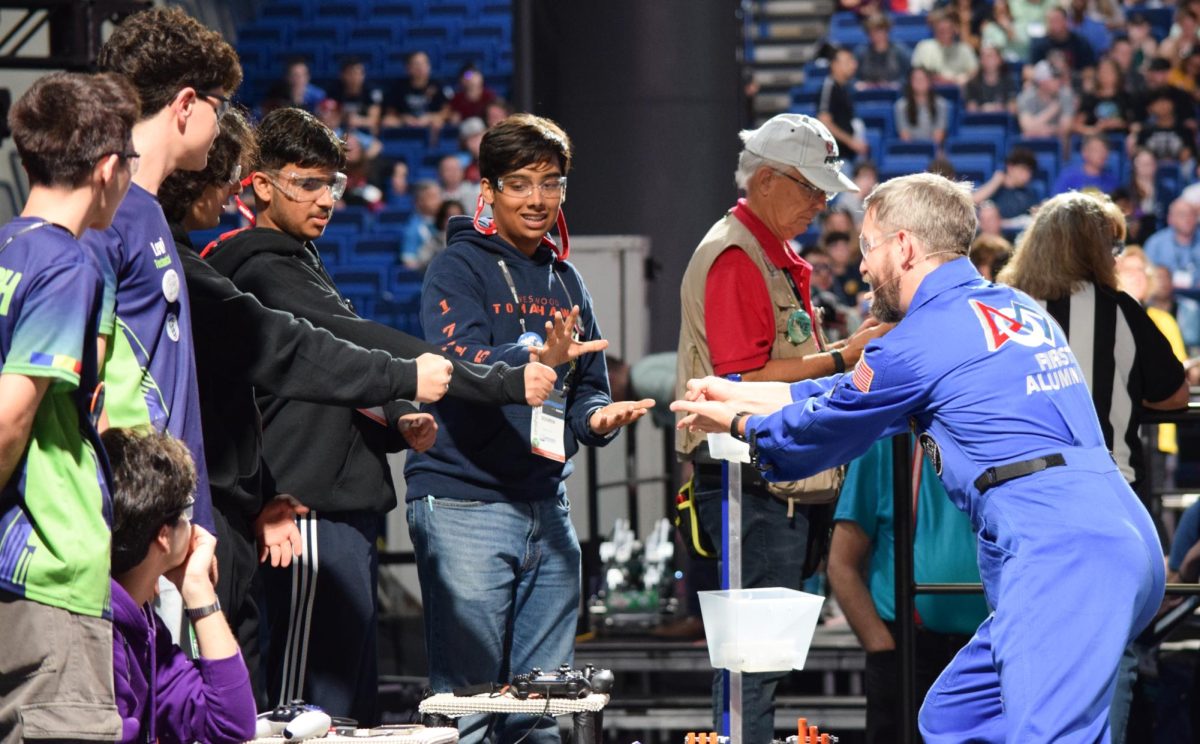








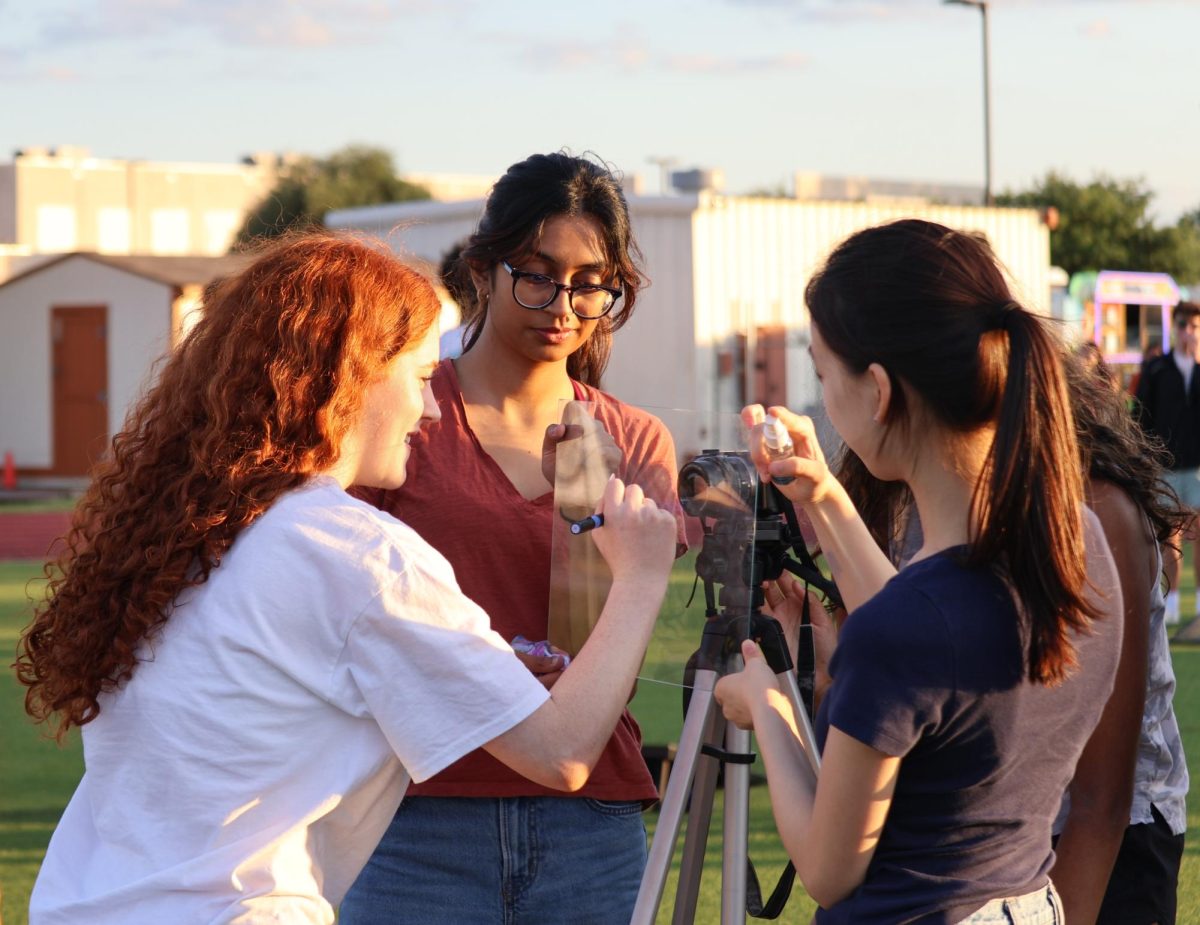
![Holding her plate, Luciana Lleverino '26 steadies her food as Sahana Sakthivelmoorthy '26 helps pour cheetos into Lleverino's plate. Lleverino was elected incoming Webmaster and Sakthivelmoorthy rose to the President position. "[Bailey and Sahiti] do so much work that we don’t even know behind the scenes," Sakthivelmoorthy said. "There’s just so much work that goes into being president that I didn’t know about, so I got to learn those hacks and tricks."](https://westwoodhorizon.com/wp-content/uploads/2025/05/IMG_0063-1200x1049.jpg)
